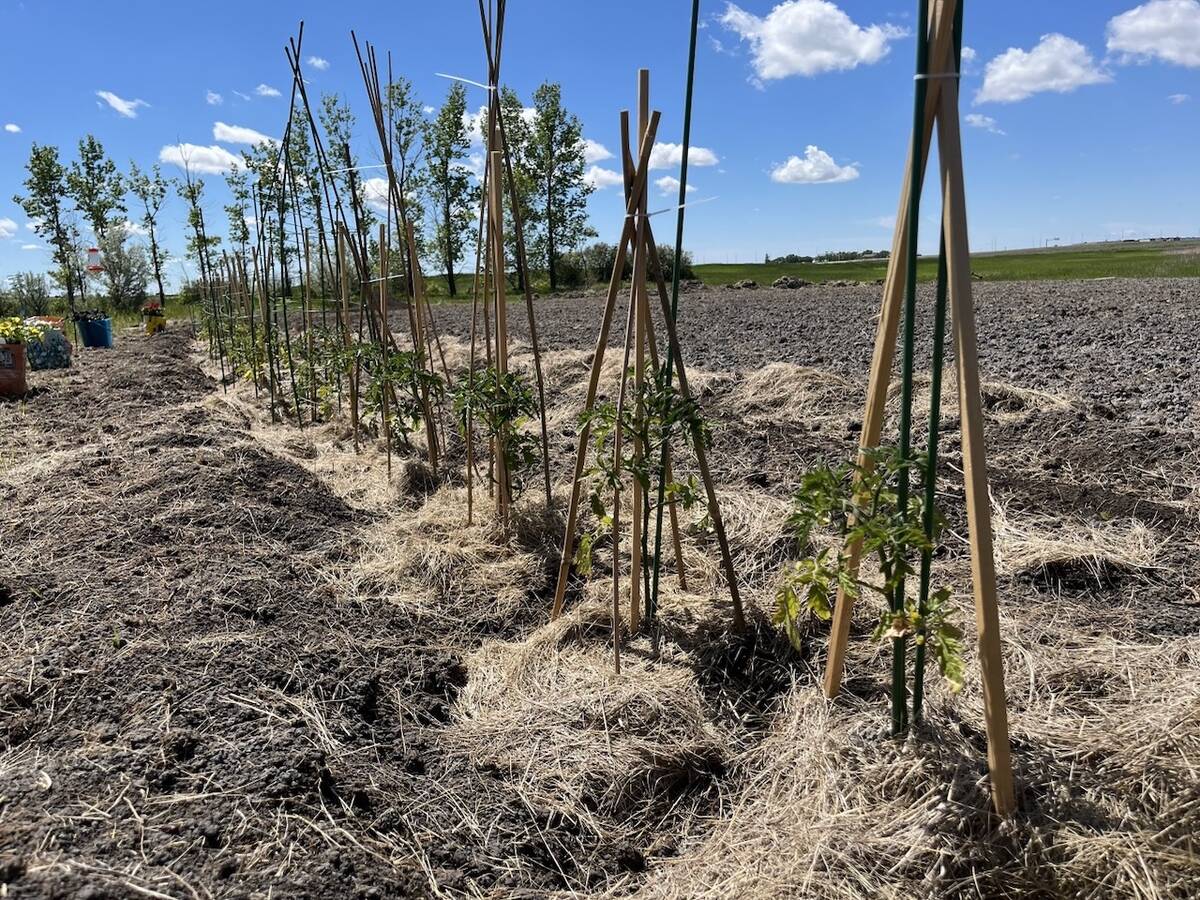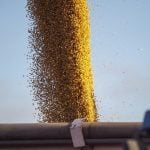[UPDATED: Dec. 29, 2023] Canada’s largest agricultural lender says Canadian farmers can expect to see interest rate relief in the coming year.
In a macroeconomic snapshot released in December, Farm Credit Canada said it expects to see rate cuts totalling 75 basis points (three quarters of a per cent) in the latter half of 2024.
That’s despite strong economic performance in the U.S. in recent months, which would ordinarily cause heightened inflation concerns, said Krishen Rangasamy, manager of FCC Economics.
Read Also

Seeding Indigenous agricultural prosperity
National Circle for Indigenous Agriculture and Food says Indigenous agricultural success needs strong relationships.
“The U.S. economy did well in the third quarter [of 2023], but decelerated quite a bit in the fourth quarter,” he said. “What we see here is the U.S. Fed saying ‘we have raised rates enough, we think. They’re at 5.5 per cent now, and we’re already seeing interest rates have done their job.’”
Why it matters: Producers are urged to speak with financial advisors to navigate a more complicated than normal interest rate landscape.
Those signals were amplified Dec. 13, about a week after the FCC report was issued. The U.S. Federal Reserve declined to raise rates and forecast at least three reductions through 2024, Rangasamy said.
Key to these moves is the Fed’s downgraded inflation forecast.
“That’s super important. That’s what’s been bothering them for a long time. Now, for the first time in a long while, we see them downgrading their inflation forecast.”
The U.S. central bank’s view that inflation will continue to fall extends as far as the end of 2025, when it expects to see inflation at or near the ‘sweet spot’ target of two per cent. At that level, the economy comfortably avoids the perils of deflation, but also furnishes businesses and individuals with predictable prices for goods and services.
On the curve
Rangasamy also said that the yield curve, a visual of where rates fall on varying terms of government bonds, is revealing a lot about the bond market’s expectations on interest rates.
At the near end of the curve, defined as zero to 12 months, bond rates are higher. That represents the efforts of centrals bank around the world to dampen inflation to acceptable levels through interest hikes.
At the far end of the curve, represented by 10-year bonds, rates are lower. That implies that market participants feel it is inevitable that the U.S. Federal Reserve will lower interest rates.
The curve runs downward over the entire span of the chart, which is counter to what they typically see and is known as inversion, Rangasamy said.
“In normal times, the yield curve should be upward sloping,” he said. “It’s been inverted for more than a year now.”
The unusual shape of the bond yield curve is a graphic representation of the battle between central bankers and market forces of the economy.
Too soon?
The role of central bankers is as much art as science, given the number of unpredictable variables that can affect economic outcomes. COVID-19 is a prime example.
That could translate to central banks taking their foot off the economy’s brakes too soon, in which case inflation could once again balloon.
But Rangasamy says markets are signalling conditions loud and clear. Ten-year U.S. Treasury bonds were yielding five per cent on Oct. 15. As of Dec. 14, the day he spoke to the Co-operator, they were 100 basis points, or one full per cent, lower.
“We’ve seen a huge rally in bonds, and bonds and interest rates move inversely to each other,” he said. “If you bought that bond two months ago, you’ve done very well.”
Rate hikes have recently brought down inflation, and down markets are now pricing in the expectation of lower interest rates as the economic effects of the cool off are felt.
“Economic theory tells us that when we have slow growth, inflation will fade away,” Rangasamy said. “It gives confidence that the downtrend in inflation will continue.”
Weathered well
While nobody running a business welcomes the prospect of higher borrowing rates, Canadian farmers have been well-positioned to weather the storm, especially when compared to other stakeholders like homeowners with variable-rate mortgages, FCC has argued.
Analysts have pointed to buoyant land values and healthy farm equipment sales, both of which continued throughout the spike in both inflation and interest rates.
“Higher rates of course make life harder, because borrowing costs are higher,” Rangasamy said. “But farm cash receipts were good in both 2022 and 2023, which explains why we are seeing this resilience.”
The next challenge for farmers will be managing their interest rate risk. With long-term interest rates lower than short-term ones, a fixed-term rate might be more attractive.
“At the long end of the yield curve — five and 10 years — the Bank of Canada and Federal Reserve can’t control rates, and it’s actually going down,” Rangasamy said. “But the Bank of Canada has said it’s not ready to cut, so the short end is stagnant while the long end is going down.”
That makes the question of fixed versus variable rates a whole new ball game.
Over time, variable rates might still be a better deal for borrowers than fixed rates, but it’s not the shoe-in that it has been historically. Much will depend on the individual borrower, their financial position and their tolerance for risk balanced against their desire for financial certainty.
“Everyone is different,” Rangasamy said.
For that reason, he urged farmers to bring an expert voice to the table when making financial decisions. Interest rates and the yield curve and how it all can change are far from straightforward, and the right choice depends on a long line of variables.
Asked what advice he’d give farmers, Rangasamy urged them to cast a wide net when gathering information to support their choices.
“Farmers should be speaking to their financial advisors,” he said. “It’s a very complex subject.”
The full report on interest rates is available online at the FCC website.
















